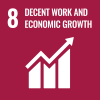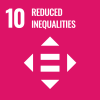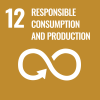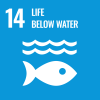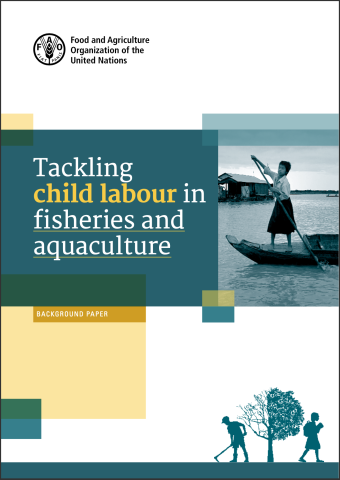
The global aquatic food industry, long under scrutiny over environmental sustainability concerns, has also come under increased scrutiny within the past decade over poor working conditions and severe human rights violations, including widespread use of forced labour and child labour. However, there is limited research and documentation available on child labour in fishing, aquaculture and fish and aquatic food processing globally. Much of the available evidence is centred on labour conditions in global supply chains. However, due to higher levels of informality, limited law enforcement capacity, and so on, it is more likely that children produce fish and aquatic-sourced foods for local consumption and domestic supply chains.
To realize SDG 14 and make fish and other aquatic-sourced food production truly sustainable food systems, it will be necessary to step up efforts to eliminate child labour, protect young workers against the worst forms of child labour (including hazardous work, forced labour, and child engagement in illegal activities) and invest in a healthy, well-educated workforce for the future.
This too is necessary to achieve SDG 8 and ensure that the millions of people who derive their living from fishing, aquaculture, and aquatic food processing work under decent conditions. This would entail expanding attention to aquatic food production for local and domestic markets in addition to the products that go into global supply chains.
This background paper presents the challenges, opportunities, and recommendations to tackle child labour in fisheries and aquaculture.

